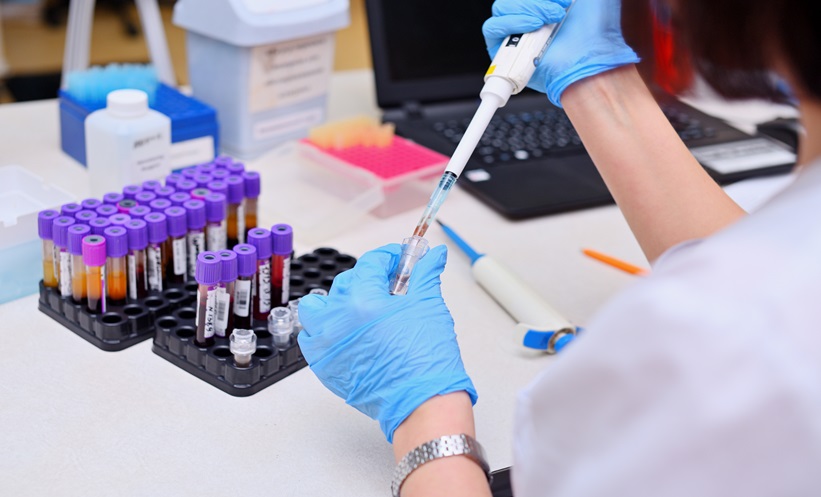RESEARCHERS presented novel findings on the potential utility of the blood interferon signature in diagnosing and stratifying paediatric Sjögren’s disease at the 2024 European Alliance of Associations for Rheumatology (EULAR) Congress in Vienna, Austria. Diagnosing Sjögren’s disease in children has long been a challenge due to its rarity and the distinct clinical presentation compared to adults. Dry eyes and mouth in adults characterised Sjögren’s disease, while paediatric patients present less often with sicca complaints and more frequently with parotid gland swelling and fever. This study sought to uncover dysregulated molecular pathways in children with Sjögren’s by examining the transcriptome of peripheral blood cells from 18 patients compared to 23 controls, focusing on differential gene expression and pathway analysis.
The study revealed 247 differentially expressed genes between patients and controls, with 181 genes upregulated and 66 downregulated. Gene set enrichment analysis highlighted significant activity in pathways related to interferon-gamma and -alpha response, inflammatory response, allograft rejection, fatty acid metabolism, and oxidative phosphorylation. Notably, 72% of children with Sjögren’s exhibited elevated expression of interferon-stimulated genes (ISGs) in their blood. These interferon-high patients universally had positive antinuclear antibodies, and 92% had anti-SSA/Ro and rheumatoid factor, yet none showed elevated C-reactive protein (CRP). Conversely, patients without elevated ISG expression were less frequently positive for autoantibodies and more often displayed elevated CRP and fever, indicating acute infection signs. ISG expression was also present in the parotid gland tissue of affected children, correlating positively with blood ISG levels.
Lead investigator Gwenny M. Verstappen, University of Groningen, The Netherlands, presented the findings and noted, “The majority of patients showed an interferon signature in blood and parotid gland tissue.” Verstappen went on to note that when examining patients without an interferon signature to interferon-high patients, they observed a different clinical presentation charactcharacteriseduced frequency of positive for autoantibodies and more signs of acute infection.
These results suggest that the interferon signature could become a valuable tool in diagnosing and stratifying paediatric Sjögren’s disease. However, further research with larger patient groups must confirm these findings and refine diagnostic protocols. The study underscores the need for continued investigation into the molecular mechanisms underlying paediatric Sjögren’s to improve early diagnosis and targeted treatment strategies.
Laith Gergi, EMJ








